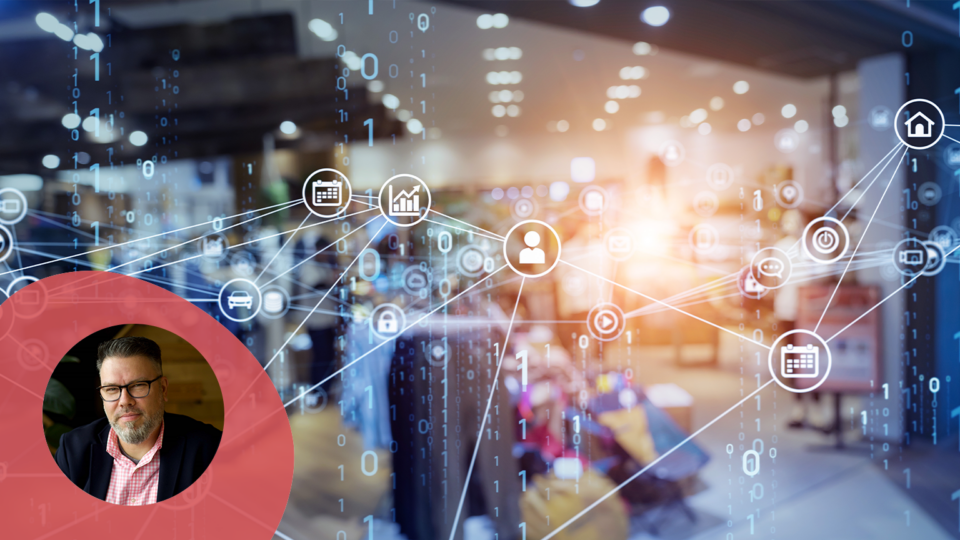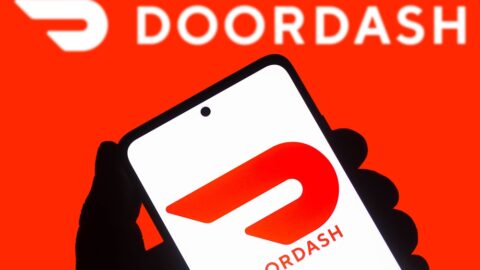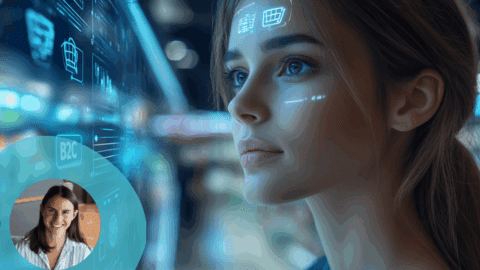Q&A with Rob Avery, VP of Professional Services, STRATACACHE
Retail TouchPoints (RTP): What are the most important connected store trends for retailers to focus on?
While personalization has been around for a long time on the web, I think there are opportunities to use it in-store. With technology like computer vision and everything from license plate readers to facial recognition, and all the IoT features that we can offer, we can know who you are while you’re there, and tie that into loyalty programs in a powerful way.
How can you make the experience as seamless as possible? Through personalization — which dovetails into buy online, pick up in-store and smart queues — I can provide a concierge-like or white glove experience. People get this already online and are going to continually expect that while shopping at brick and mortar.
RTP: What challenges have retailers faced regarding designing a connected store journey?
Avery: My team faces a lot of the same strategy and CX design challenges, as we focus on creative and development with a heavy concentration on UX. Many retailers face the same things when they’re trying to understand the customer experience and work backwards. By leading with UX, we try to understand the personas that we’re helping solve problems for. [Using] first- and third-party data, retailers understand what customer activity is like online and can map that approach to solutions and experiences in store. There’s definitely a gap and opportunity there. And if we give transparency, through vehicles like loyalty programs, into why we’re collecting data as we’re building up these solutions, customers will be a lot more accepting of it.
RTP: What are some of the most useful solutions in connected store design that retailers have embraced?
Some solutions can be very simple, like bringing omni-channel messaging into the store via signage. Sometimes it can be very complex, utilizing a multitude of platforms, technologies, and touchpoints. For example, we have hardware that is an embedded player with a 23-inch or 47-inch shelf-edge display, and it’s great when used in conjunction with buy online, pick up in store, or product info/wayfinding. During wintertime, if my order is ready and I pull into the lot, it would be great if an outdoor board showed me where I am in the queue and when my order will be ready so I don’t have to get out of the car. It’s that transparency for the end user customer, or even the back of house staff, which helps with speed of service and a good customer experience.
Also, using QR codes in conjunction with digital signage can be powerful, allowing the customer to interact with and change the content they’re seeing on screen. We’re delivering a similar in-store experience that is comparable to the expectation a customer has when using Amazon or a brand’s site for reviews, videos or product information. Rather than having to get out their phone and start researching, how great would it be if that information was readily available?
RTP: How has IoT facilitated the development of connected store design?
A customer came to us when sales were dipping among a certain product for which they were once the No. 2 seller in the region. This business wanted to examine user traffic patterns after rolling out a new planogram and had an assumption about customer behavior. We used camera-based heat maps along with door counters. Also, the client had a native app allowing us to layer in Bluetooth data. After examining the data, we proved the assumptions in traffic flow were wrong. We developed a new placement for their products and the company went from approximately 30,000 units a year per store to 70,000, and ended up becoming the No. 1 seller of the product. Nothing overly complex, just using IoT to see where folks are in your store.
Other customers are on the other end of the spectrum in complexity. Another retail customer wanted our SDK (software development kit) integrated into their native app to elevate their pickup experience for their staff and customers. We set up a geofence around their stores, allowing staff to know approximate arrival times, and we used an IoT device embedded in parking spaces to know exactly where the customer was parked. This allowed for a quick and seamless CX.
RTP: In what ways have interactive digital signage and kiosks enhanced the customer experience?
Having UX at the core of the tech we’re building creates a North Star for us every time. How do you make the experience fun? How do you make the trip to the store different from online? Give people a reason to come.
Leaning into kiosks for assisted selling, enhancing the customer experience, we’re embracing personalization via loyalty programs. Let’s leverage customer info to speed up return visits or only show preferred products. But we don’t want to be creepy about it. If done correctly, showing good utility, it’s going to continually bring shoppers back. Create a helpful, fun, and novel experience that is different from shopping online.
This story has been updated from its original version.








